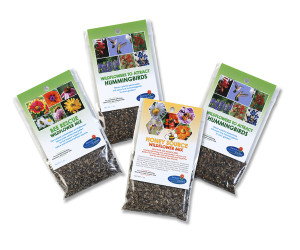The first 21 days of a bee’s life.
A Bee’s Life
by Sandy Swegel
You have to watch this Ted Talk. It’s a time-lapse video of the first 21 days of a bee’s life and how bee babies turn into what looks like slime into a bee.
I think promoting bees is the real key to reversing the dumping of pesticides in our environment. It’s just not compelling to try to say we should use fewer chemicals in our lawns and trees. But it does persuade people when they understand how many bees are being killed. In our area, there are noticeably fewer bees this Spring. Even non-gardeners are starting to notice.
I had a different opportunity this week to talk about protecting bees. We have a big problem in Colorado in that the Emerald Ash Borer that destroys ash trees finally reached us. The problem is the systemic treatment that people hope will save the ash tree. Our scientists think the only ash trees that will survive will be ash trees that are treated with the systemics that are toxic to bees and other pollinators and beneficial insects. The trees will be treated every year for years and years. So we might save the ash trees at the cost of flooding our environment annually with the chemicals that kill bees and beneficial insects. This is the dilemma when we face when we use chemicals to save one part of the environment…we then damage other parts of the environment.
For most people, this is a boring argument. That’s why I like things like videos of developing baby bees. It makes the story more real. The more we understand the importance of bees and pollinators, and the more we think they are cute and valuable, then the better chance we have for stopping the systematic pouring of toxic chemicals into our yards and parks.



